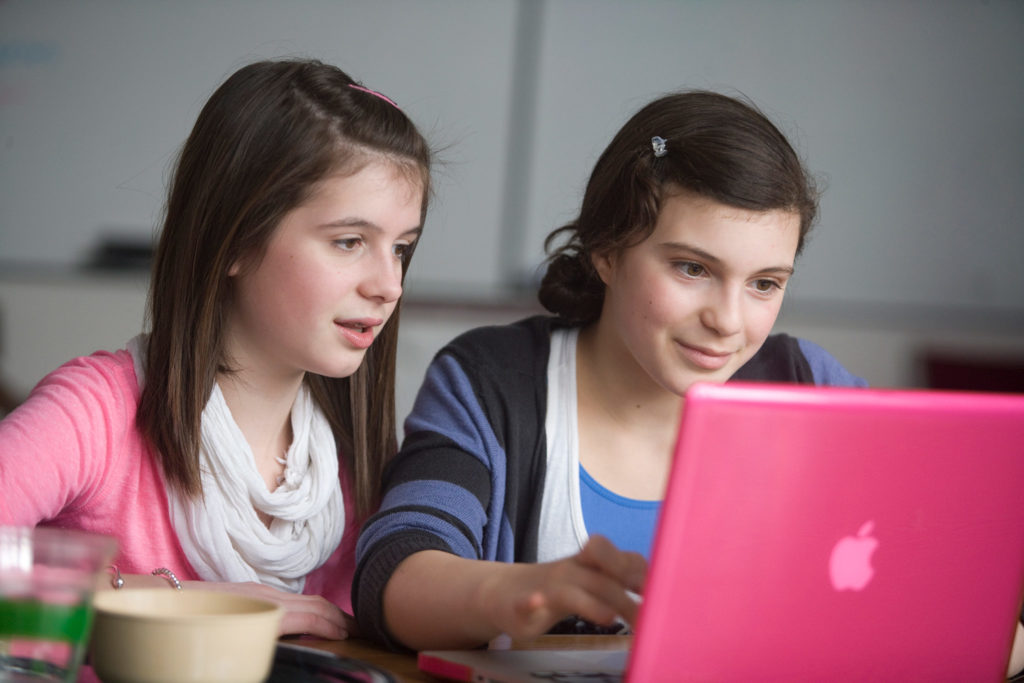Concord Consortium: STEM Models & Simulations

Concord Consortium computational models, based on scientific first principles, make the world’s invisible phenomena visible and explorable. Students can peer into the details of chemical reactions, manipulate the unseeable world of Genes and DNA, compress centuries into seconds to unlock evolution’s gradual mysteries, or watch Earth’s plates create massive landforms. From their groundbreaking Molecular Workbench to their popular Geniverse suite of dragon genetics software, they have been creating scientifically accurate virtual labs since they started. With each of their labs being well designed and easy-to-use for students.
For example,
- Concord’s Building Models project is developing a systems modeling tool for students to construct dynamic models and validate their models by comparing outputs from their own models and data from one or more other sources. Read Supporting secondary students in building external models to explain phenomena.
- They are adding virtual investigations to our popular Geniverse dragon genetics software so students can explore the physical traits (like wings!) that result from allele combinations, then zoom into cells and manipulate the proteins that ultimately give rise to those traits. Read about GeniConnect.
- GEODE is creating a way to visualize the Earth’s movements using an interactive, dynamic computer model of tectonic plates. Read Modeling plate tectonics for learning.













